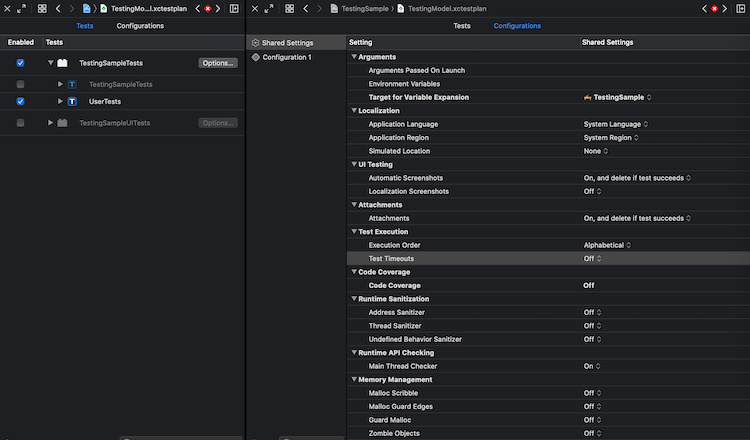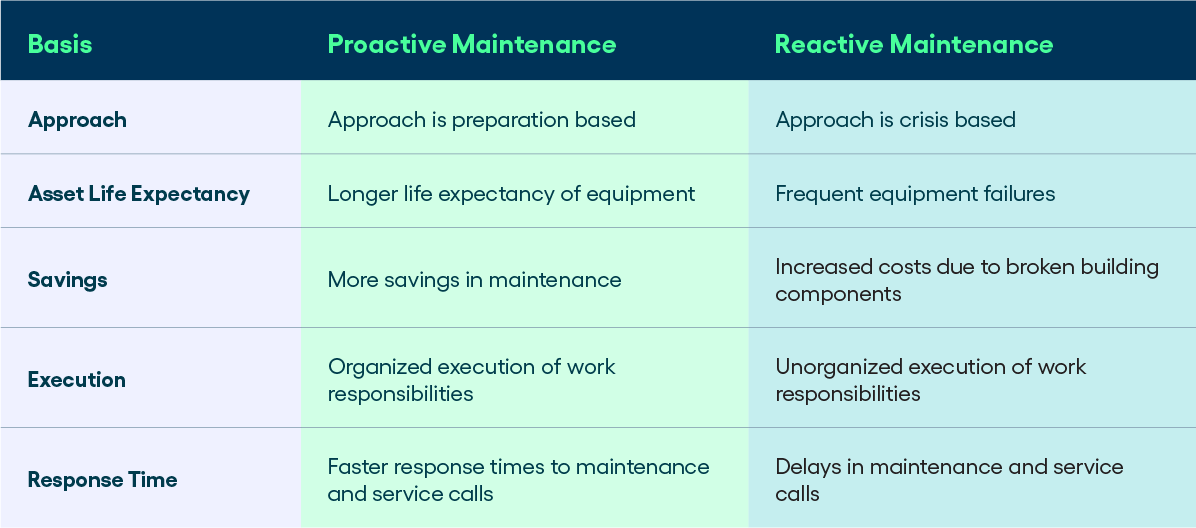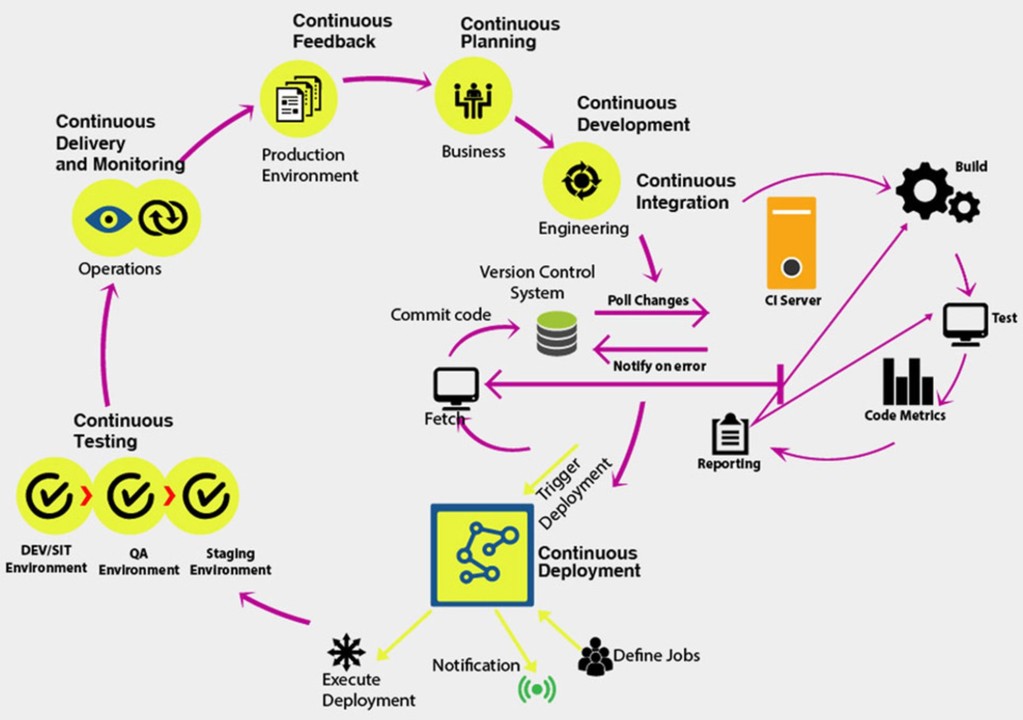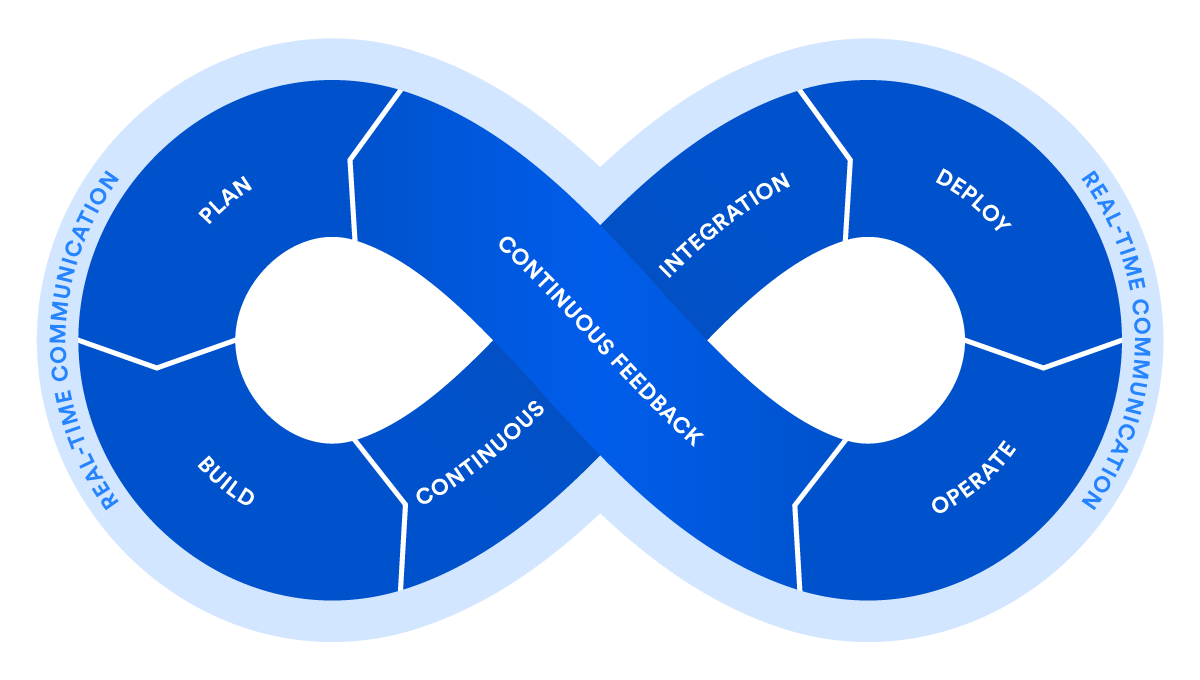
Code Testing Tips: Streamlining Your Testing Process for Efficiency

Streamlining Your Testing Process for Efficiency
In the fast-paced world of software development, ensuring the reliability and functionality of code is paramount. Code testing plays a crucial role in this process, helping developers identify and rectify issues before they reach the end-users. Let’s explore some valuable tips to streamline your code testing process for optimal efficiency.
1. Start with a Clear Testing Strategy
A well-defined testing strategy is the foundation of successful code testing. Before diving into the testing phase, outline a clear strategy that includes the types of tests you’ll perform, the tools you’ll use, and the criteria for










